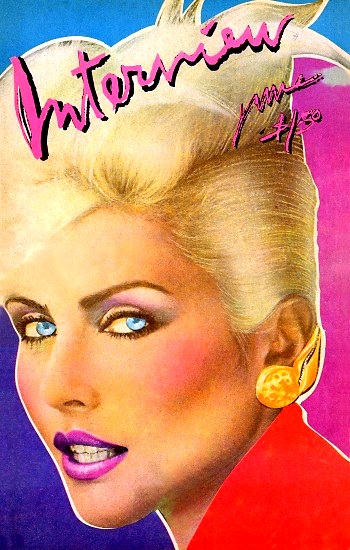 Psychedelic portrait of George Harrison. Richard Avedon, 1967
Psychedelic portrait of George Harrison. Richard Avedon, 1967
“There’ll come a time when all of us must leave here
Then nothing sister Mary can do
Will keep me here with you
As nothing in this life that I’ve been trying
Could equal or surpass the art of dying
Do you believe me?
There’ll come a time when all your hopes are fading
When things that seemed so very plain
Become an awful pain
Searching for the truth among the lying
And answered when you’ve learned the art of dying
But you’re still with me
But if you want it
Then you must find it
But when you have it
There’ll be no need for it
There’ll come a time when most of us return here
Brought back by our desire to be
A perfect entity
Living through a million years of crying
Until you’ve realized the Art of Dying
Do you believe me?”
Art of Dying is a song by English musician George Harrison, released on his 1970 triple album All Things Must Pass. It was written in 1966–67 when Harrison first became immersed in Hindu spirituality, and its subject matter is reincarnation – the “art” in question being the need to avoid rebirth, by limiting actions and thoughts whose consequences lead to one’s soul returning in another, earthbound life form. The song was co-produced by Phil Spector and features a hard-charging rock arrangement that has been described as “proto-disco”. The backing musicians include Eric Clapton and the rest of the latter’s short-lived band Derek and the Dominos, as well as Gary Wright, Billy Preston and a teenage Phil Collins playing the congas.
For the last 30 or more years of his life, George Harrison repeatedly identified his first experience of taking the hallucinogenic drug LSD, with John Lennon and their wives, as being responsible for his interest in spirituality and Hinduism. The “trip” occurred by accident in February 1965, and he later recalled a thought coming to his mind during the experience: “‘Yogis of the Himalayas.’ I don’t know why … It was like somebody was whispering to me: ‘Yogis of the Himalayas.'” But it was a visit in August 1967 to the epicentre of hippie conterculturalism, San Francisco’s Haight-Ashbury district, that then persuaded him to abandon LSD and pursue a spiritual path through meditation.
The mention of “Sister Mary” refers to the Catholic faith in which Harrison had been brought up as a child. Speaking to author Peter Doggett, Harrison’s sister Louise qualified his embracing of Hinduism with regard to his upbringing: “Our family were Catholics, but we always had a global outlook. We were spiritual, not religious as such. George didn’t change as a person after he went to India [in 1966] …”
Rather than Sister Mary, Harrison’s original lyric named “Mr Epstein” – the Beatles’ manager, Brian Epstein. Given this reference to Epstein, author Bruce Spizer has speculated that Harrison was “contemplating life after the Beatles” as early as mid 1966, since “most of the song’s original verses recognize that even Mr. Epstein won’t be able to keep the group together or help out when it’s over …”
As Harrison explains in his autobiography, I, Me, Mine, in most cases one’s soul does not in fact “leave here” after death, due to the karmic debt, or “load”, accrued through actions and thoughts carried out in one’s lifetime
The mention of “a million years of crying” is a reference to the endless cycle of rebirth associated with reincarnation, where the soul repeatedly fails to leave the material world and attain nirvana, otherwise known as moksha.
Since Harrison’s death in November 2001, the lyrics of Art of Dying have been much quoted as a comment on the nature of human existence.

























